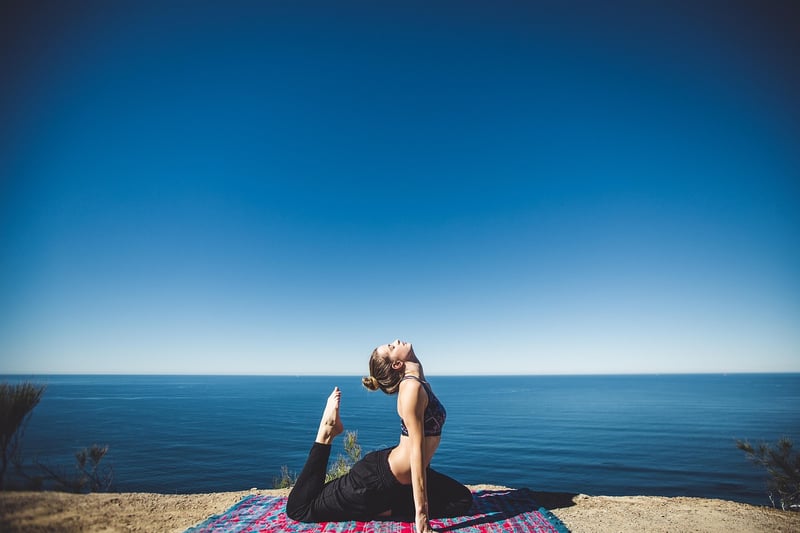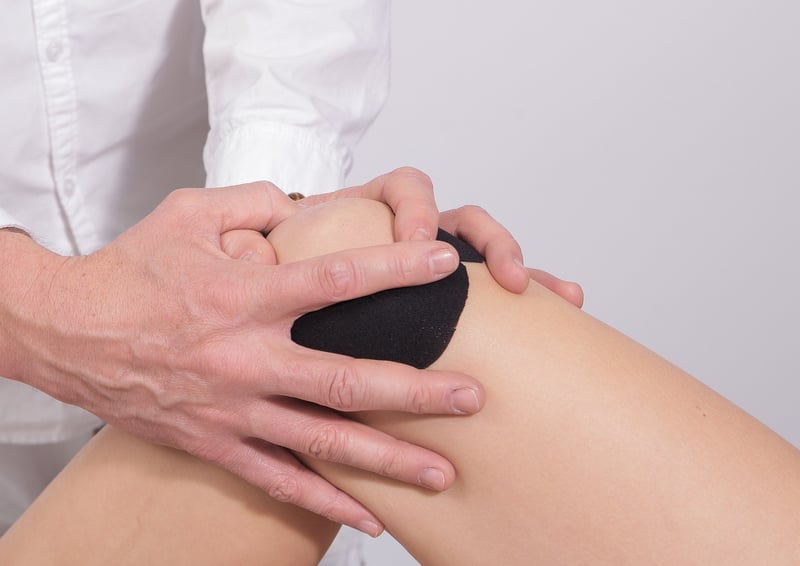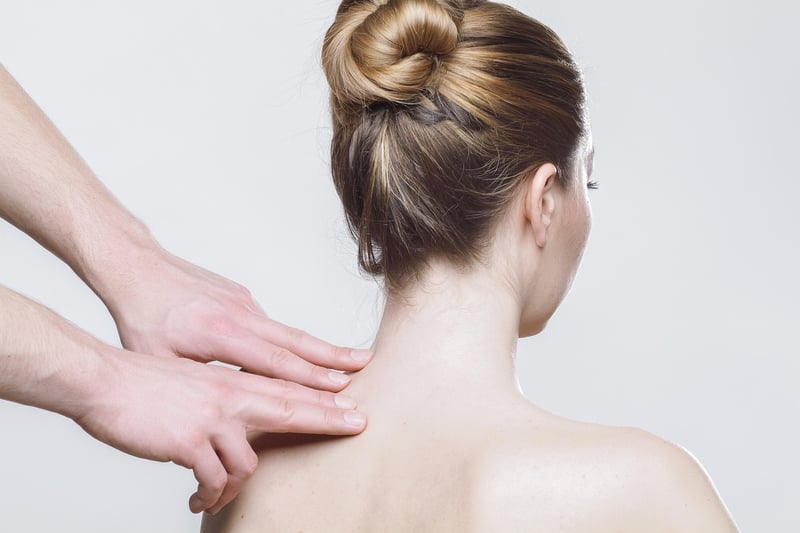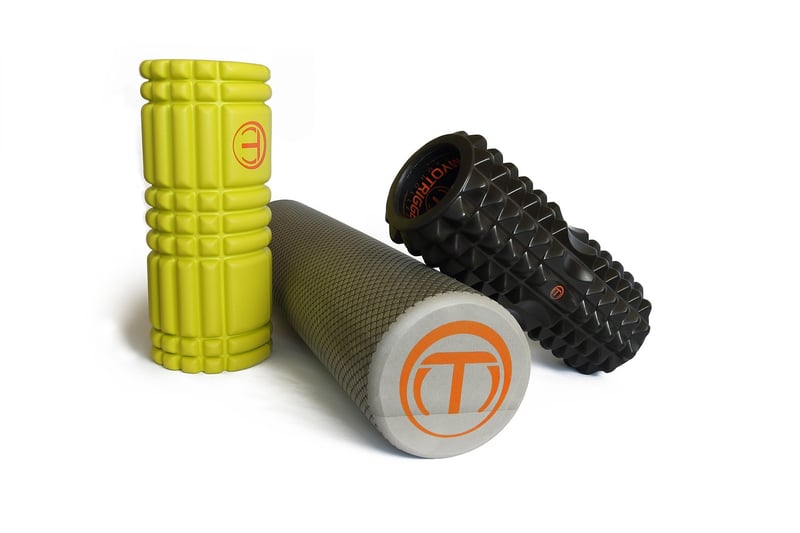Myofascial Release
Effective Techniques for Muscle Tension Relief and Myofascial Release
Feeling tight and tense muscles is a common issue for many individuals, whether due to stress, overuse, or poor posture. Thankfully, there are various techniques that can help alleviate muscle tension and promote relaxation. One such technique that has gained popularity is myofascial release, which targets the fascia to improve mobility and reduce discomfort. Let's explore some effective methods for muscle tension relief and myofascial release:
1. Foam Rolling
Foam rolling is a self-myofascial release technique that involves using a foam roller to apply pressure to specific areas of the body. This can help break up adhesions in the fascia, improve blood flow, and reduce muscle tightness. Incorporating foam rolling into your routine can help prevent injury and enhance recovery after workouts.

2. Stretching Exercises
Regular stretching is essential for maintaining flexibility and reducing muscle tension. Incorporate dynamic stretches before exercise to warm up the muscles and static stretches after exercise to improve flexibility. Focus on areas prone to tightness, such as the neck, shoulders, hamstrings, and hips.

3. Massage Therapy
Professional massage therapy can be highly effective in relieving muscle tension and promoting relaxation. Different massage techniques, such as Swedish massage, deep tissue massage, and sports massage, can target specific areas of tension and help improve circulation.

4. Trigger Point Release
Trigger points are specific areas of muscle tightness that can cause referred pain and discomfort. Trigger point release techniques involve applying pressure to these points to help release tension and alleviate pain. This can be done using massage balls, foam rollers, or by a trained therapist.

5. Yoga and Pilates
Both yoga and Pilates focus on improving flexibility, strength, and body awareness, making them excellent practices for reducing muscle tension. These mind-body exercises can help release tension, improve posture, and promote relaxation through controlled movements and breathing techniques.

By incorporating these techniques into your routine, you can effectively manage muscle tension, improve flexibility, and promote overall well-being. Remember to listen to your body, start slowly, and consult with a healthcare provider or fitness professional if you have any underlying health conditions.
